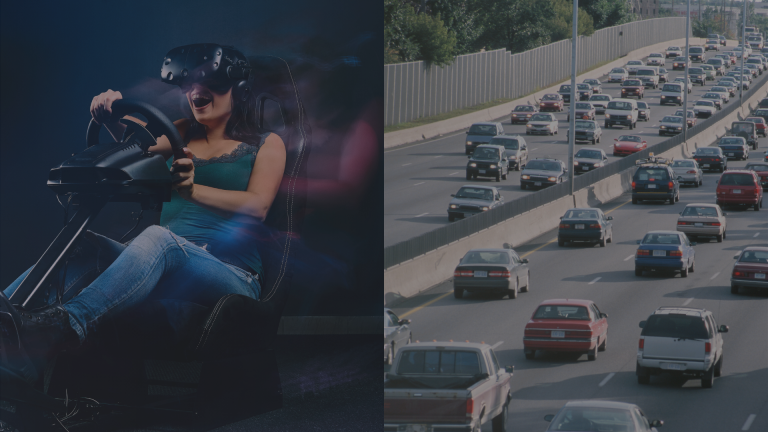Additional Phases in the AI Adoption Journey
The Five Phases Are Not the Whole Story
In our series so far, we’ve walked through five common phases of AI adoption: Awareness, Use Case Discovery, Pilot, Scale, and Governance. These phases are typical for most organizations, but they are not the full picture.
AI adoption is not a linear process, and as organizations mature, other phases often emerge. These additional phases address important aspects that extend beyond the basics, ensuring AI delivers sustainable value across the enterprise.
Capability Building: Strengthening AI Readiness
Before or alongside scaling, many organizations enter a capability-building phase. This is about developing the skills, processes, and infrastructure that allow AI to succeed at scale.
Key activities include:
- Upskilling employees: building AI literacy across business units so teams understand what AI can do and how to use it.
- Developing cross-functional AI teams: combining business, technical, and compliance expertise.
- Creating internal AI centers of excellence: hubs where best practices and lessons learned are shared.
Example: A global retailer invested in AI literacy programs for store managers, enabling them to use AI-driven inventory tools effectively, resulting in a 12% reduction in stock-outs within six months.
Integration and Automation: Embedding AI into the Business
Once pilots succeed and scaling begins, companies often move into integration and automation as a distinct phase. This involves embedding AI into core systems and workflows so it becomes part of everyday operations.
Key activities include:
- Integrating AI with CRM, ERP, and operational systems.
- Automating repetitive tasks end-to-end rather than in isolated pilots.
- Creating APIs and platforms that make AI accessible to other teams.
Example: A financial services company integrated an AI-driven fraud detection model directly into its transaction processing pipeline, automating alerts in real time and reducing fraud losses by 35%.
Continuous Optimization: Evolving AI for the Long Term
AI models are not “set and forget.” As data changes and business conditions evolve, continuous optimization becomes critical. This phase involves monitoring, refining, and retraining AI systems to maintain accuracy and relevance.
Key activities include:
- Regularly retraining models with fresh data.
- Monitoring for model drift and bias.
- Updating governance policies as regulations evolve.
Example: A healthcare provider continuously retrained its diagnostic AI models to improve accuracy as new medical research emerged, improving diagnostic speed and patient outcomes.
Innovation and Expansion: Looking Beyond Current Use Cases
For organizations that have matured in AI adoption, the journey often moves toward innovation and expansion. This phase is about exploring entirely new opportunities AI can unlock and expanding into new business areas.
Key activities include:
- Exploring new AI-powered products or services.
- Experimenting with emerging AI technologies such as generative AI or multimodal AI.
- Expanding AI into new business units or markets.
Example: A manufacturing company expanded from predictive maintenance pilots into developing an AI-driven digital twin platform for its entire supply chain, creating new revenue streams.
Conclusion: Adoption Is a Living Process
The AI adoption journey doesn’t stop after pilots or scaling. For leading organizations, it becomes a living process, continually evolving as capabilities grow and business needs change.
The additional phases we’ve covered (Capability Building, Integration and Automation, Continuous Optimization, and Innovation) highlight that AI adoption is far richer and more dynamic than a single roadmap.
These additional phases often overlap with the five core phases we’ve already discussed, but they are vital for turning AI adoption into sustained business advantage.
Key takeaway: AI adoption is a journey without a final stop. Beyond the core phases, additional steps build resilience, capability, and innovation into the organization’s approach to AI.







